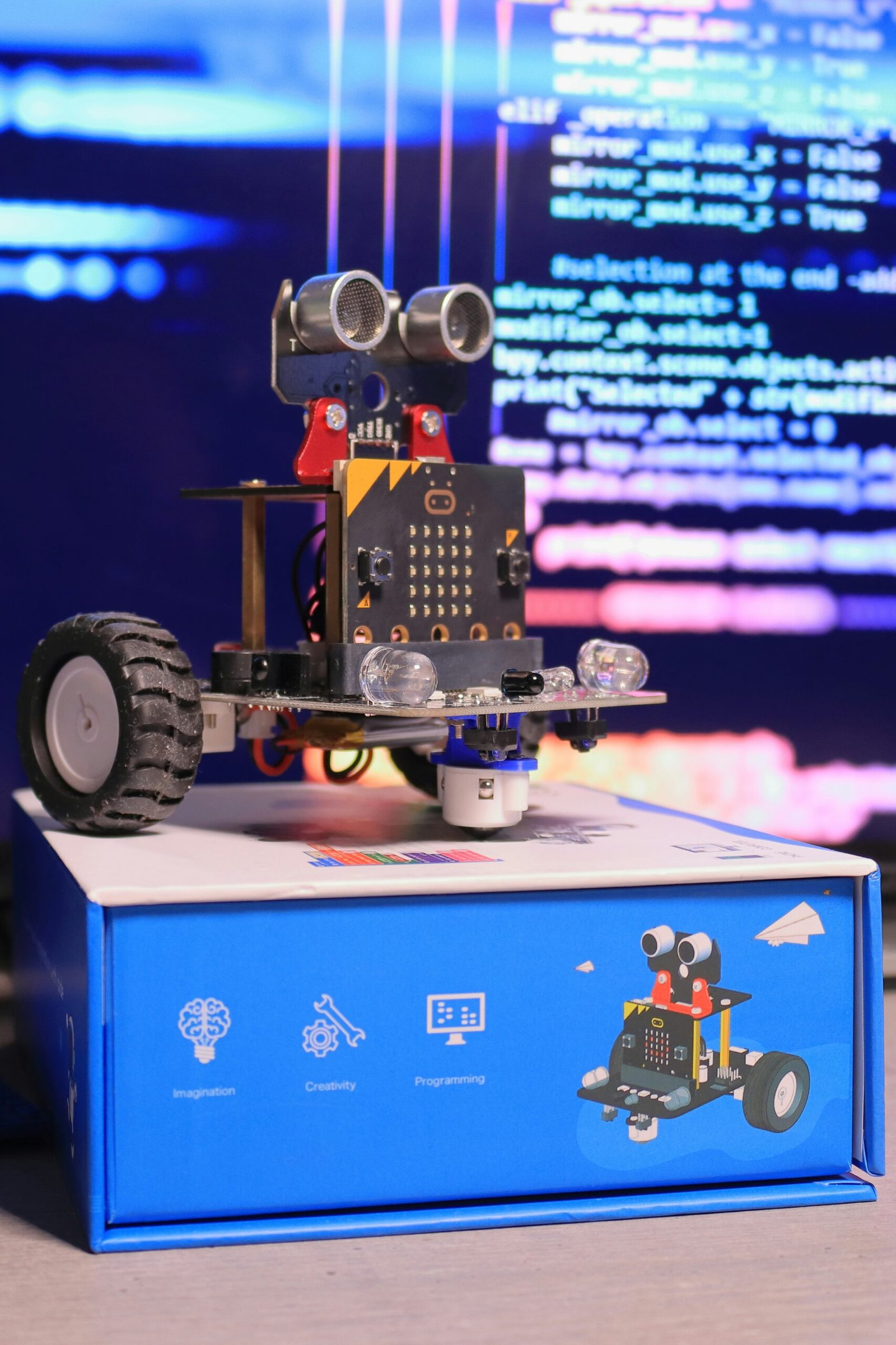In a groundbreaking development, researchers at Washington State University have successfully created the world’s smallest, lightest, and fastest fully functional micro-robots. These tiny robots are equipped with advanced actuator technology based on shape memory alloys, enabling them to perform rapid movements and lift objects more than 150 times their weight. This remarkable achievement holds immense potential for various fields, including artificial pollination and surgery.
The development of these micro-robots represents a significant milestone in the field of robotics. With their miniature size and exceptional capabilities, they have the potential to revolutionize numerous industries and applications. The use of shape memory alloys as actuators allows the micro-robots to exhibit exceptional flexibility and strength, enabling them to perform complex tasks with precision.
One of the most promising applications of these micro-robots is in the field of artificial pollination. With the decline in bee populations worldwide, the pollination of crops has become a major concern. These tiny robots, equipped with sensors and cameras, can navigate through flowers and transfer pollen, effectively replacing the role of bees. This breakthrough could have a significant impact on global food production and help address the ongoing pollination crisis.
Additionally, the micro-robots’ advanced actuator technology makes them ideal for use in surgical procedures. Their small size allows them to access hard-to-reach areas within the human body, enabling minimally invasive surgeries with reduced risks and faster recovery times. These micro-robots can perform delicate tasks with precision, such as removing blood clots or repairing damaged tissues. The potential for enhancing the field of surgery is immense, as these robots can assist surgeons in performing complex procedures with greater accuracy.
Furthermore, the versatility of these micro-robots opens up possibilities in various other fields. They can be utilized in industries such as electronics, where their small size allows them to navigate intricate circuitry and perform repairs. In environmental monitoring, these robots can be deployed to collect data in hard-to-reach locations and provide valuable insights into ecosystems and climate change. Their use in disaster response scenarios, such as searching for survivors in collapsed buildings, is also being explored.
While the development of these micro-robots is undoubtedly groundbreaking, there are still challenges to overcome. Powering these robots and ensuring their autonomy remain areas of active research. Currently, the micro-robots are powered by external sources, limiting their range and mobility. However, scientists are working on developing self-powered micro-robots that can operate independently for extended periods.
Another consideration is the ethical implications of deploying these micro-robots. As with any emerging technology, it is crucial to address potential concerns regarding privacy, security, and unintended consequences. Researchers and policymakers must work together to establish guidelines and regulations to ensure the responsible and ethical use of micro-robots.
In conclusion, the development of the world’s smallest, lightest, and fastest micro-robots by researchers at Washington State University is a significant milestone in the field of robotics. These tiny robots, equipped with advanced actuator technology, have the potential to revolutionize industries such as artificial pollination and surgery. Their versatility and capabilities open up endless possibilities for various applications, from electronics to environmental monitoring. While challenges remain, the future looks promising for these micro-robots, paving the way for a new era in robotics and technology.
































